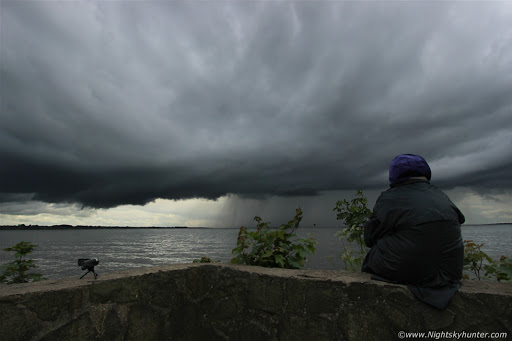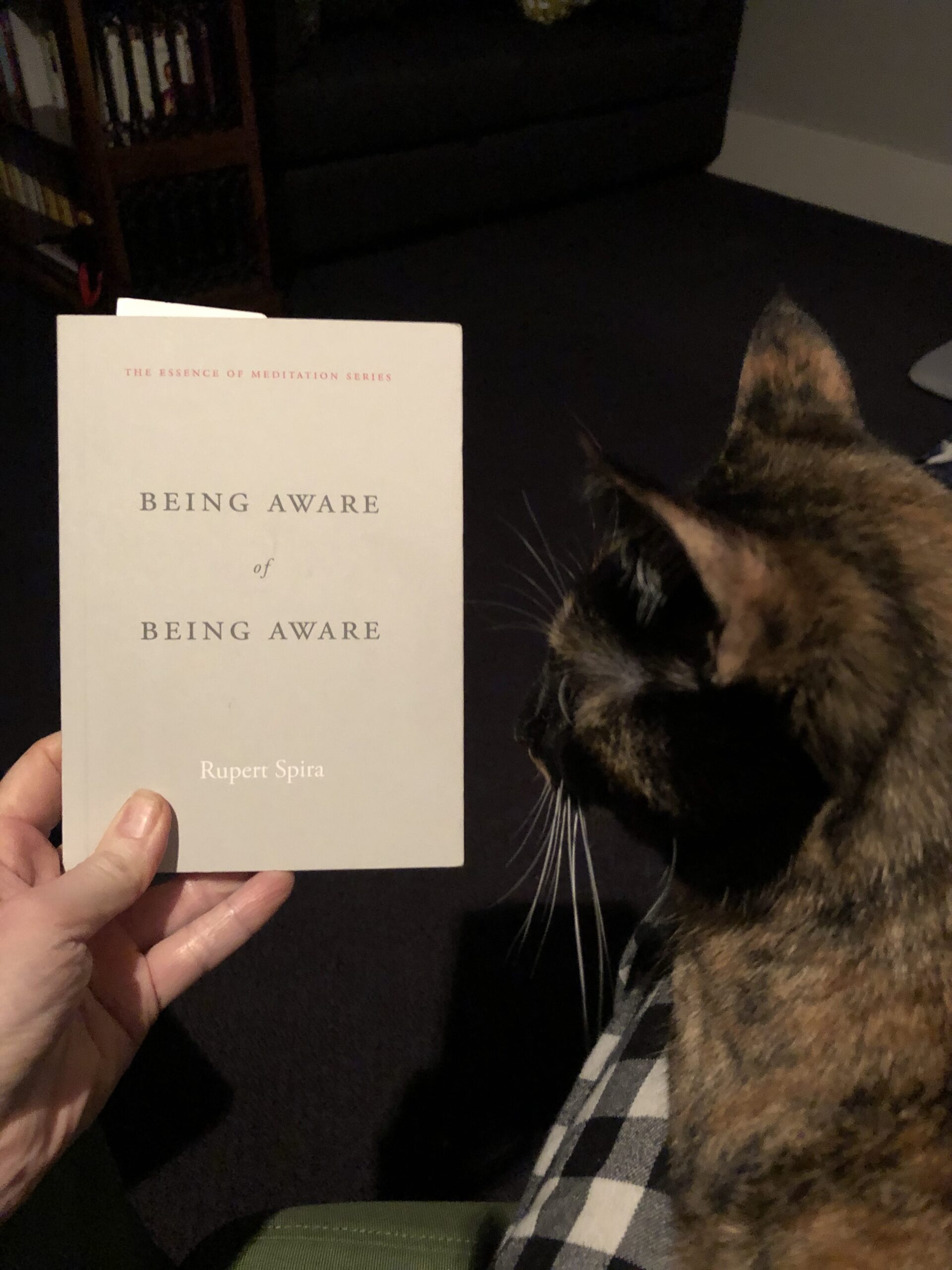 I sit here in the early phase of bereavement. Just hours ago I found out a friend had died. It isn’t a shock – it’s been on the horizon since his cancer diagnosis nearly three years ago, and its turn toward a terminal condition some two years ago. On one level, I had been preparing. But, can we ever prepare for that final happening?
I sit here in the early phase of bereavement. Just hours ago I found out a friend had died. It isn’t a shock – it’s been on the horizon since his cancer diagnosis nearly three years ago, and its turn toward a terminal condition some two years ago. On one level, I had been preparing. But, can we ever prepare for that final happening?
This loss comes soon after the death of my Auntie at Christmas. There have been other experiences of loss too – most of us go through loss on a near daily basis, even if it feels more like ‘change’ than ‘loss’. Changes in relationship, changes at work, changes in friendships. Just last week I also had the news that dear friends are moving away from the UK. More loss. Quite frankly I feel like I am amid a “boot camp” of loss and change.
Jung wrote about synchronicity. I feel like I have been more deeply attuned to the synchronicity of life since starting my practices as a Vajrayana student. I would describe myself as a ‘sensitive’ person; someone who lets their world and relationships affect them. But, as someone who would also describe themselves (historically) as ‘cerebral’ I have probably worked through my sensitivity by trying to ‘make sense of it all’. Part of this “boot camp” is realising I cannot make sense of this loss. It isn’t that the teachings and the practices of the Vajrayana have made me more sensitive; rather it feels like I am more deeply with, dancing with even, my emotional responses to the world. It is now less about ‘making sense’ and more about ‘giving space to’ what is arising in my awareness.
I can honestly say two deaths in two months along with other experiences of change (real or threatened) have tenderised me; I feel heartbroken. My history is one of denying loss, of doing all I can to protect myself against it: planning, controlling, making light of, throwing myself in to activities – you name it, I have done all I can to prevent myself from feeling the heartbreak. On the Vajrayana path, this pain is but one of the ‘fuels’ for practice; and in my experience it has also added TO the pain…or at least, I am learning I cannot hide anymore. And actually, I am learning I don’t want to.
The View of the Vajrayana is that we are already awake, we are already Buddhas: a bit like the sun on a cloudy day, it is always there just obscured. We are already Buddha, that nature is just obscured. The practices of the Ngondro enable these obscurations to be worked with. I can see how much the commitment to an extensive and intensive practice schedule stirs me up – my alarm going off at 5:45am each morning (resentment, doubt); and the detail of the rituals (impatience, frustration…more doubt) are examples. Right now, I am in the phase of prostrations – a practice designed to purify certain ‘negative afflictions’. With a more Western psychological leaning, we could reframe this as ‘healing’. In the first four months (and first 20,000 repetitions), I have learnt how prostrating stirs up the energies – physical heat (it is quite a workout!) but also emotional heat – shame, anger, anxiety…and now loss. None of these emotional experiences are fabricated. There is just an exposure, a bringing to the surface of what is already there to come through. Death and relational change bring sorrow, grieving, anger: all appropriate responses to loss. For someone who hasn’t fully met these emotional responses to loss experiences before, there is a backlog – and hence why I feel Vajrayana has facilitated this current ‘perfect storm’ for me. Synchronicity, hell yeah!
And yet, even in all this pain, I have remained “functional”. I had previously suppressed emotional responses to pain out of the fear of overwhelm and wanting to be “functional”. Therapy, meditation – both have provided resources to help me work with quelling the fires. So, how come I am now talking of stoking up these same fires and it all feeling MORE workable? The Vajrayana view of “already awake” helps us understand. Going back to the sun being obscured by clouds – we can either identify with the clouds, or with the sun.

I am (with the help of my cat) currently reading a book by Rupert Spira, a teacher in the Advaita Vedanta (non-dual) tradition, entitled “Being aware of being aware”. Spira uses the analogy of the sun and clouds to differentiate between the objects of experience (clouds) and that which is aware of the objects of experience (sun). The sun is always shining, just like awareness is always knowing objects: try this. Ask yourself “Am I aware?”. As you are reading this, can you detect you KNOW you are reading this? Objects of experience can be thoughts, images, feelings, sensations and perceptions; awareness is what knows these objects. Experiences come and go, yet the quality of knowing them never changes. Spira also uses the analogy of the movie being projected on a screen to deepen an understanding of the relationship of awareness, mind and experience. We can be so engrossed with the movie (our life experiences) that we lose any sense of the screen (awareness); but that screen is always there, or we would not be able to watch the movie (knowing our experience). When our awareness becomes directed toward an object, this is ‘mind’. Infinite, all pervading awareness becomes finite mind.
“Just as a movie could be said to be the activity of the screen, so mind is the activity of awareness. As such, mind is awareness in motion, awareness is mind at rest”
Why do I report Spira’s work? I think it can help us understand our capacity to remain functional even during distress; to feel pain but not suffer. During Ngondro, I practicing resting back in to awareness – the natural resting state of the mind – as I prostrate and not identify with the experiences playing out. Similarly, “I” (awareness) can know the pain of loss, but not be the loss.
And what a capacity to have as therapists! To be able to sit in the room with a client, and help hold their process no matter what is arising for them – and maybe turning on us. Recently, a supervisee shared how a client had been furious about a last minute session cancellation. All the therapist could do was hold their seat and let the client work through the emotion; to not believe it was their fault even if the client was suggesting so. I have found this ability to resist reacting becoming stronger as I grow in familiarity of resting in the “I”, in awareness. And through this, I think the client gets to work on that capacity themselves – to be able to step back out of the storm: to see they are angry rather than BE angry. Only when we are able to see objects of experience for what they are can we form a relationship to them and with with them.
At the University yesterday, when working with a group of trainees, we were talking about their hesitancy to do experiential work in front of one another. On one level they ‘trust’ the space is non-judgemental and safe; a place to be creative and “play”. YET, when it comes to stepping up to the plate, everyone takes one step back. I was still trying to formulate ideas from reading Spira’s book and the experience of holding my own process (remaining functional despite great pain and heartbreak). I asked, “can we trust our own okayness even when we are not feeling okay?” Can we trust our innate buddhanature, even when our world keeps giving us contradictory feedback?
Becoming more aware of being aware is perhaps the journey.
————
When I went to post this blog, I realised I already had a blogpost entitled “At a loss” – from back in May 2018. It is always interesting to re-read my historic posts: to notice themese re-arising or being re-addressed. A reminder that change (and loss) are always here.

